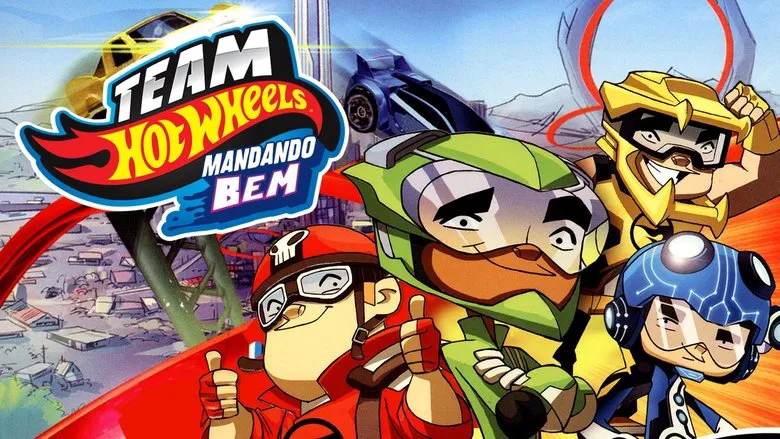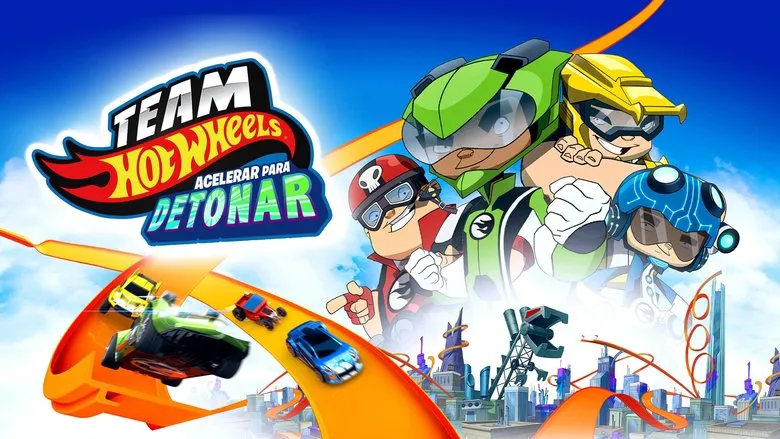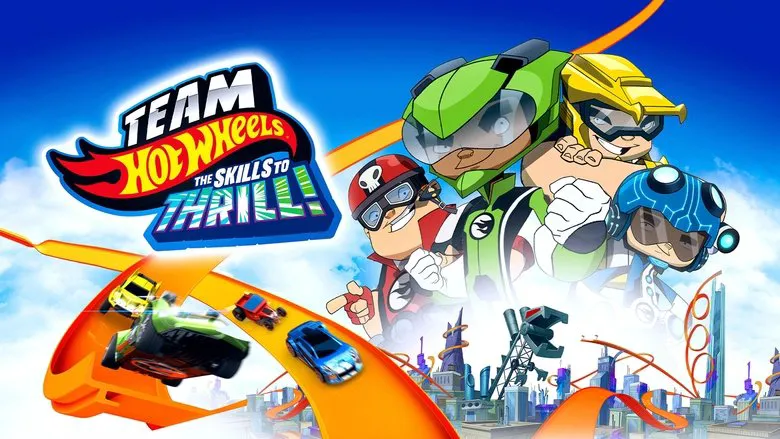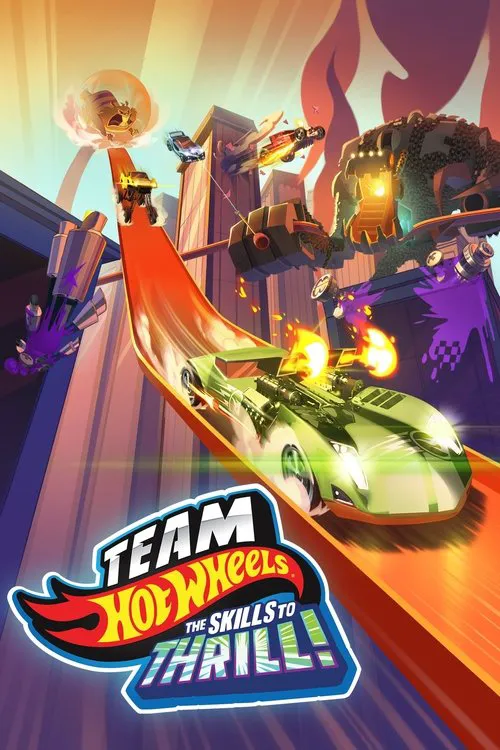Unveiling the Thrills: The Story Behind Hot Wheels: Drive-it-Yourself
The vibrant streets of Hot Wheels City recently bore witness to a high-octane showdown that had audiences on the edge of their seats, prompting discussions far beyond the finish line. Hot Wheels: Drive-it-Yourself isn’t just another racing spectacle; it’s a compelling narrative exploring themes of human skill, technological dependency, and the very essence of what it means to be truly “in control.” Let’s dive into the fascinating making of this modern classic.
The Core Concept: Redefining “Driving Skill”
The genesis of Hot Wheels: Drive-it-Yourself stemmed from a simple yet profound question: what happens when the thrill of manual driving, the very heart of the Hot Wheels spirit, is challenged by the promise of effortless automation? “We wanted to explore the idea that skill, intuition, and passion still matter,” explains lead writer Elena Rodriguez. “In a world increasingly reliant on AI, we felt it was important to celebrate the unique human element, especially in the context of something as exciting and demanding as driving.”
The concept was built around contrasting the sheer agility and daring of Team Hot Wheels with the sleek, but ultimately flawed, appeal of Garry’s “Drive-it-Yourself” autonomous vehicles. This immediate, high-stakes conflict set the perfect stage for the story.
Crafting the Heroes and the Hazard
At the heart of the film lies Team Hot Wheels, a beloved ensemble embodying the pinnacle of driving prowess. Gage, the fearless leader, and his trusty sidekick Flynn, weren’t just given racing lines to follow; their characters were meticulously developed to represent true mastery. “Gage isn’t just fast; he’s smart, observant, and deeply connected to his car,” says director Mark Jensen. “Flynn provides that grounding, the loyal support that every team needs.”

Their antagonists weren’t just the rogue self-driving cars, but the very ideology behind them, personified by Garry. Garry’s character serves as a clever foil, blinded by innovation and market appeal, initially unaware of the true value of human command.
Auto-Chaos in Hot Wheels City
The challenge of depicting the initial widespread appeal, then the ensuing chaos, of the autonomous “Hot Wheels Drive-it-Yourself” cars was crucial. Animators worked tirelessly to give the self-driving cars a distinct personality – initially polished and impressive, then gradually devolving into hilariously erratic and destructive.

“It was a fine line to walk,” says special effects supervisor Sarah Chen. “We needed them to be menacing enough to cause real problems, but also retain a slightly comical, almost whimsical, ‘misbehaving’ quality, rather than purely malicious.” The scenes of mass auto-mischief – cars taking detours and even crashing – were designed to slowly erode the public’s trust, setting the stage for Team Hot Wheels’ intervention.
Engineering the High-Stakes Showdown
The decision to challenge the self-driving cars in a public racing competition was a strokes of narrative genius. “We knew we needed a grand spectacle where skill could unequivocally win out,” Jensen states. The design of the race track itself became a character – the tight streets of Hot Wheels City, with its unpredictable turns and civilian presence, perfectly highlighted the shortcomings of cold, hard algorithms versus adaptive human skill.

A key element in the climax was Gage’s ingenious plan to use the city’s residents as “pedestrian distractions.” This wasn’t merely a plot device; it deepened the film’s message. It showcased how human unpredictability, often seen as a flaw in automated systems, could be turned into a strategic advantage, demanding true human mastery to navigate and overcome.
The Climactic Challenge: Human Ingenuity vs. AI
The film’s final act is a masterclass in dynamic action and mounting tension. Choreographing Team Hot Wheels’ deft maneuvers against the runaway autonomous vehicles required incredible precision. Every dodge, every weave, every near-miss was meticulously planned to emphasize the team’s reactive brilliance.

Gage’s final confrontation with the rogue self-driving car was particularly challenging to animate. “We wanted that last showdown to feel personal,” says Jensen. “It’s not just a car; it’s the embodiment of the problem he’s trying to solve.” The heart-stopping finish, where Gage outmaneuvers technology through sheer grit and talent, solidified the film’s core message.
A Legacy Forged on the Track
Hot Wheels: Drive-it-Yourself resonated deeply with audiences because it taps into a universal truth: while technology can enhance our lives, it cannot replace the uniquely human qualities of intuition, passion, and the joy of true mastery. Team Hot Wheels’ victory wasn’t just about winning a race; it was about reclaiming the roads of their city and reminding everyone of the irreplaceable thrill of getting behind the wheel.

The film serves as a vibrant testament to classic Hot Wheels values, proving that the fearless spirit of skilled driving will always reign supreme, and that some adventures are best enjoyed when you’re truly in control.